What Do Reptiles And Amphibians Do All Winter?
When reptiles and amphibians begin disappearing during the fall, few people really take notice of their absence. We see the birds migrating south for the winter, and mammals stockpiling food as they prepare for their hibernation cycles, but our herptile friends just seem to vanish quite suddenly. Do you know what happens to reptiles and amphibians during the winter months? Where do they go? How do they survive the harsh winter conditions? Many people are satisfied to simply say 'they are hibernating', but there is much more to the cycle that allows reptiles and amphibians to thrive even in habitats that experience brutally cold winters.
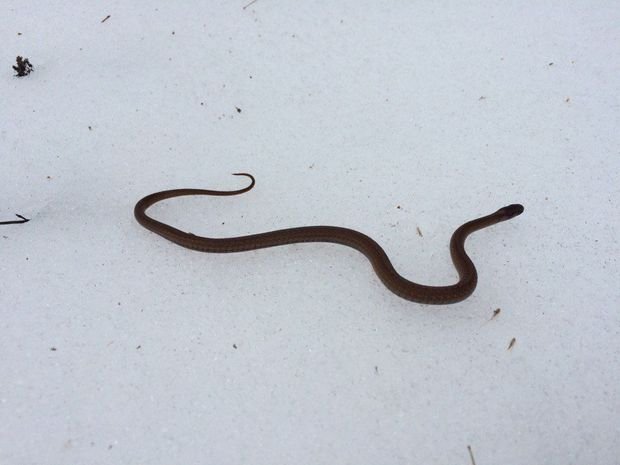
Most people are right: the (very) short answer is that they do "hibernate". Just like mammals do, herptiles (for the most part) go dormant during the winter, decreasing their body temperature, heart rate, and rate of digestion to survive. And just like mammals, they rely on the fat reserves they have been building all summer to nourish them throughout their dormancy. But there is more to their hibernation; many reptiles and amphibians have evolved species traits and behaviors that make them specially adapted to surviving where cold-blooded animals wouldn't be expected to thrive. Here are just a few of these amazing adaptations that take place every winter season.
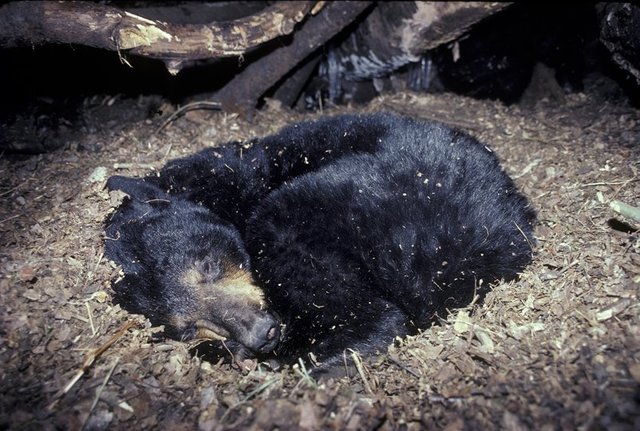
American Alligators: Alligators are one the only crocodilians that are truly adapted to cold, temperate winters (you won't naturally find crocodiles in locations that see heavy annual snowfall). Instead of experiencing true hibernation, alligators brummate (as do other reptiles and amphibians); their metabolic rates slow down considerably, but not to the deep torpor of hibernation. During this period, the alligator's activity may fluctuate; a gator can remain in brumation for an entire season, or might occasionally wake up and become active for a short time. Some alligators bed down in underground dens for the winter, dug into the river banks, completely protected from the elements above them. They are capable of surviving in freezing waters, however: it is not unheard of for a submerged gator to raise its nose to the water's surface as ice forms, allowing them to breath even in frozen ponds.
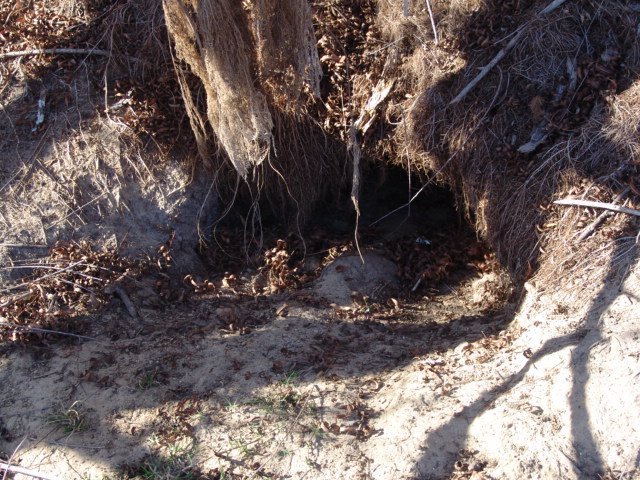
Aquatic Turtles: Aquatic turtles like sliders and cooters will typically retreat to the mucky bottom of ponds and lakes, digging themselves into the mud. Many of these species are far from dormant; though slowed down considerably by the cold, some species are quite active during winter and can be observed swimming or even hunting beneath layers of ice. Other species brummate like alligators do, not entering a state of true hibernation but entering a form of dormancy. They are able to remain submerged by absorbing oxygen through their skin; the painted turtle is perhaps the most efficient at doing so, able to survive up to five months underwater without surfacing to breath!
Snakes: Snakes retreat into burrows and rocky crevices to wait out the winter season. While some are solitary in their dormancy, other species have found strength in numbers, huddling together in a big knot. Though the snakes' bodies do not produce heat, the added insulation is enough to prevent each other from completely freezing even under the harshest conditions. This group hibernation is known as a hibernaculum, and snakes aren't picky when it comes to finding a hibernaculum to survive the winter. Multiple species are known to bed down together, with even venomous and nonvenomous snakes species intertwined for their survival. In the most extreme cases, hibernaculums in caves have been discovered with as many as one hundred individual snakes huddling together!
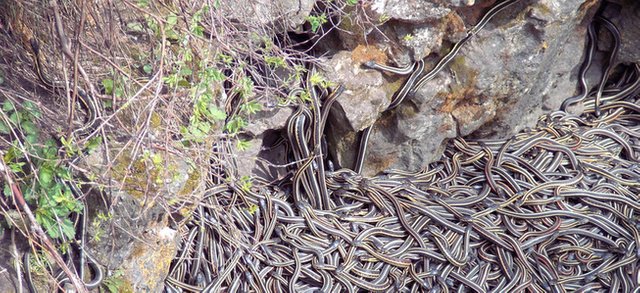
Amphibians: Aquatic frogs, toads and salamanders retreat to the muddy bottom of ponds just like turtles do. They will continue to respire through their porous skin, allowing them to comfortably survive even if the surfact of the water freezes over. Terrestrial frogs, toads and salamanders must take a different approach (these species are often poorly adapted for an aquatic lifestyle and can easily drown); taking refuge under rotting logs and leaf litter, these species can remain comfortably dormant even under a blanket of thick snow. One frog has mastered the art of hibernation in a spectacular way: the wood frog of North America is capable of freezing the majority of its body during the winter; even its heart will cease to function. The frog produces a natural antifreeze that prevents the buildup of ice inside its cells; as soon as the weather begins to warm up, the frog is able to thaw itself out and hop away unscathed!
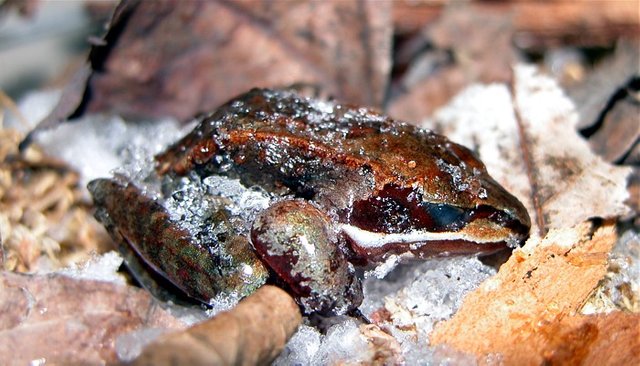
We don't typically associate coldblooded animals with being particularly effective in cold weather, but reptiles and amphibians have certainly perfected some impressive adaptations. Though they may be out of sight for months at a time, these animals are surviving quite comfortably as they always have, some far more active than most of us ever realized. The adaptations to survive in frigid conditions have allowed reptiles and amphibians to spread further across the the planet, branching out from the equator towards the poles; they are incredible survivors!

Ok, that is something truly amazing I did not know!
One of the things I love most about reptiles is just the weird little adaptations they have that most people don't know about! Most people know the basics but there is so much variation and so many exceptions to the rules that some are completely alien!
fina foto
This post has been ranked within the top 80 most undervalued posts in the second half of Feb 09. We estimate that this post is undervalued by $6.59 as compared to a scenario in which every voter had an equal say.
See the full rankings and details in The Daily Tribune: Feb 09 - Part II. You can also read about some of our methodology, data analysis and technical details in our initial post.
If you are the author and would prefer not to receive these comments, simply reply "Stop" to this comment.